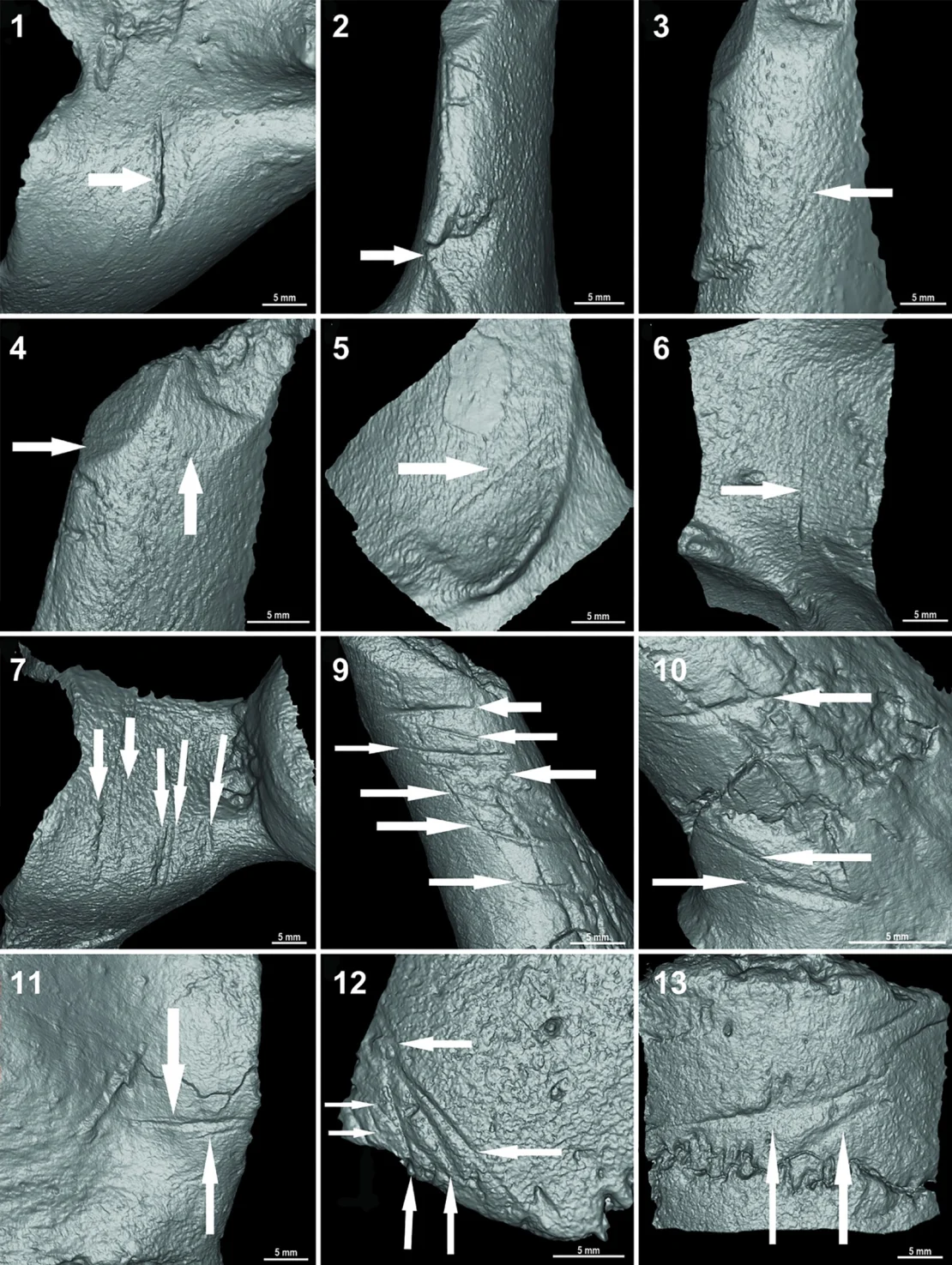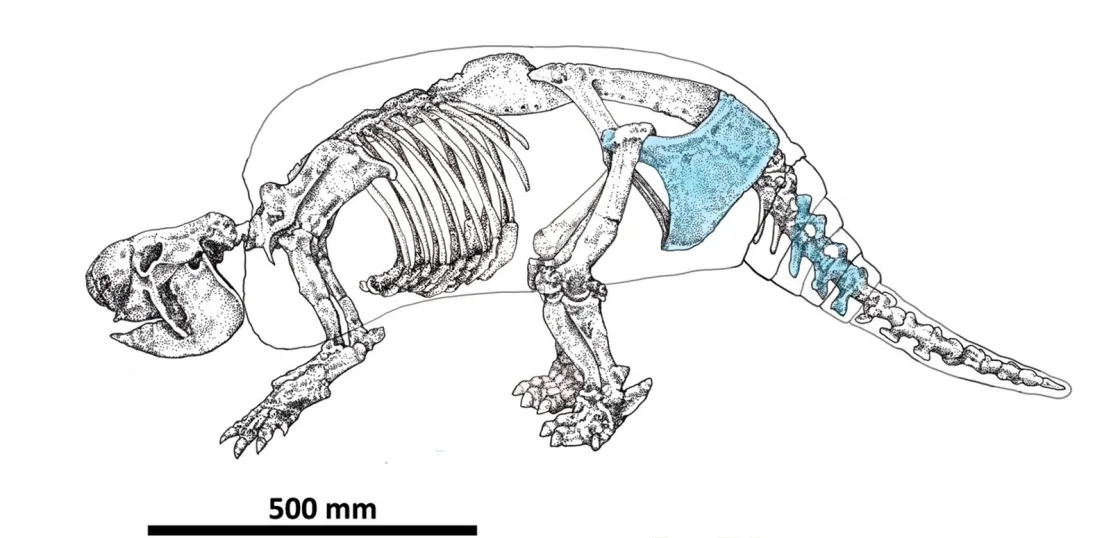More than 20,000 years ago, early inhabitants of the Americas encountered and butchered a large, armadillo-like creature using stone tools, as indicated by recent research findings. This discovery challenges existing archaeological timelines, suggesting that humans may have settled in the Americas much earlier than previously thought—potentially more than 25,000 years ago.
The fossilized remains, discovered along the Reconquista River near Merlo, Argentina, revealed distinct cut marks attributed to deliberate butchering, rather than natural causes or predator interactions.
The animal in question belonged to an extinct species closely related to modern armadillos, recognized for their armored scales and defensive adaptations.
Weighing around 300 kilograms and measuring nearly 6 feet long, this specimen offered valuable insights into the interactions between early humans and the large Ice Age fauna of South America. Radiocarbon dating pinpointed the age of the remains between 20,811 and 21,090 years old, firmly placing the butchery activity within the Late Pleistocene epoch.
Analysis of the cut marks on the fossils indicated a systematic approach to butchering, focusing on muscular areas such as the pelvis and tail, which likely provided valuable sources of meat for the ancient settlers. The shape and distribution of these marks were consistent with those made by stone tools, ruling out alternative explanations such as animal scavenging or incidental damage.
These findings contribute to a broader reevaluation of early human migration into the Americas, an area historically characterized by sparse archaeological evidence and ongoing scholarly debate. Previously, estimates for human habitation ranged from 13,000 to 20,000 years ago, but discoveries like the butchered armadillo bones and fossilized footprints in North America suggest a much earlier presence.

This challenges the conventional model of human migration patterns and suggests that migration routes and timings may have been more diverse and complex than previously understood.
In the context of the Last Glacial Maximum, when vast ice sheets covered much of North America, the timing of human migration through traditional routes was likely restricted. However, evidence from South America, including the armadillo butchery and other archaeological finds, points to a scenario where humans adapted and thrived alongside now-extinct megafauna during this challenging climatic period.
The discovery of the butchered armadillo provides compelling evidence for a significantly earlier human presence in the Americas, underscoring the need for continued exploration and study to refine our understanding of early human history in the region.

